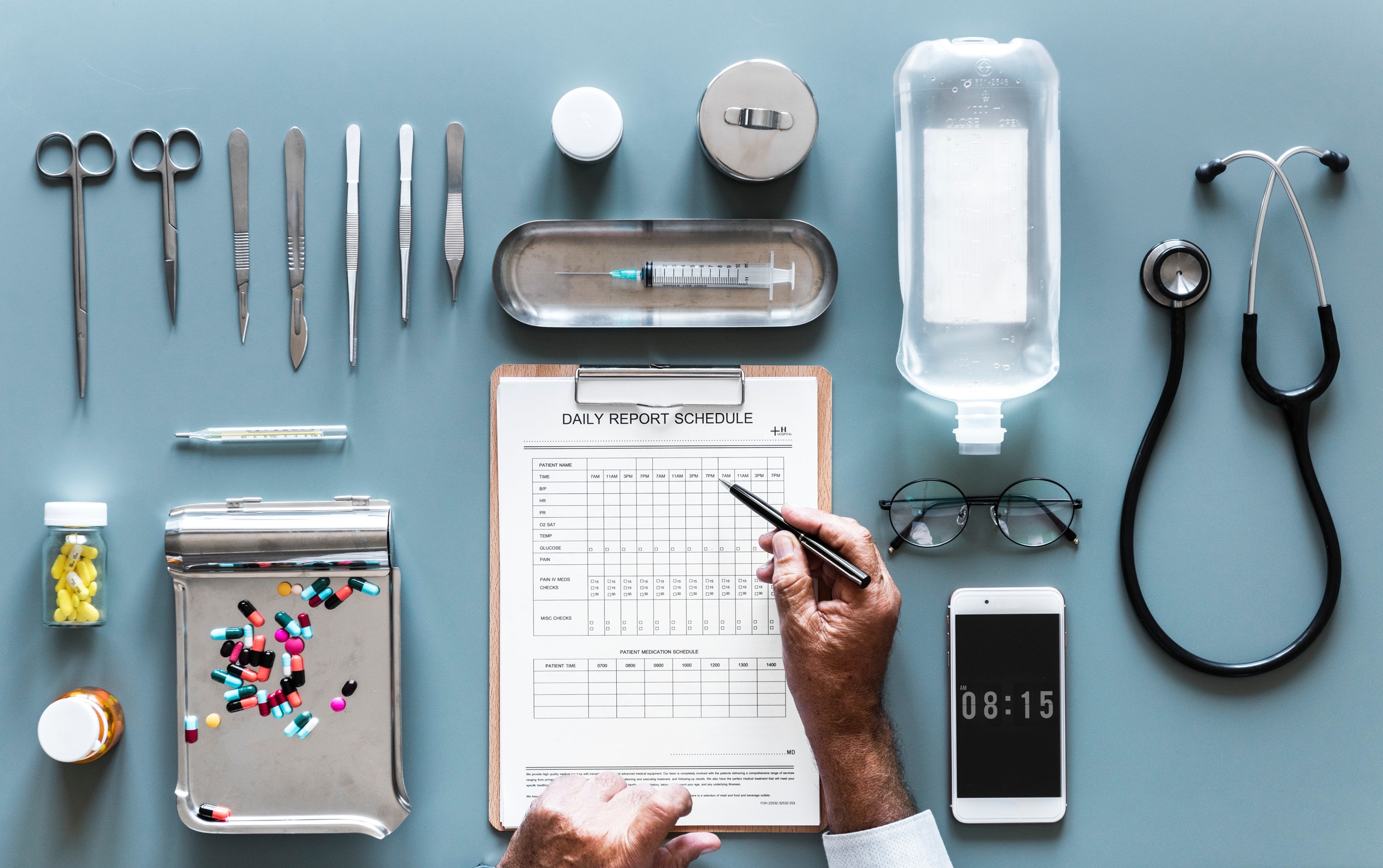Lifestyle, family, eating habits, surroundings – everything contributes to cancer possibilities in a person. Sometimes, late detection can be cured with substantial radiation and yet, sometimes early detection cannot be controlled. AMRI Hospital, a Kolkata-based hospital chain, suggests 5 types of cancer that have a higher possibility of manifestation in women than men. There are certain cancer prominent among the woman that can result in the substantial loss of life and body organs.
Different Types of Cancer Prominent In Woman
There are several types of cancer that are prominent in women while you want to get the best treatment in AMRI hospital.
Lung Cancer :
It is a pre-conceived notion that only regular smokers suffer from Lung Cancer. However, this is a false assumption. An oncology expert at the best hospital in Kolkata, AMRI Hospital, said “It is true that long-term smokers are more susceptible to Lung Cancer, but that’s not the usual case with women. In more than half of the cases we have come across, the patient does not have a smoking habit.” Some of the factors responsible for lung cancer are:
- Passive Smoking
- Air pollution
- Exposure to toxic gases
- Heredity
Statistics reveal that Lung Cancer is responsible for one of the highest number of deaths. A few precautionary measures that can be employed to fight against this deadly disease are:
- Avoid passive smoking. Meet your friends later or just excuse yourself from the environment.
- Pollution masks are readily available with pharmacists. If your city’s air is in the red zone of air pollution, make sure you wear the mask, especially while traveling.
- Studies have revealed that reduced alcohol consumption decreases the risk of having lung cancer.
- Exercise regularly and improve your diet. Physical activity helps to recover your body from the exposure to smoke, and diet maintains the smooth the functioning of the systems.
Breast Cancer :
According to the National Institute of Cancer Prevention and Research (NICPR), one out of every two women, newly diagnosed with breast cancer, dies in India. Generally, family history is one of the premier causes of breast cancer. If a person’s siblings, mother or daughter have the disease, the chances of suffering from the condition increase. There are a few factors that need to be considered in case of any suspicion about breast cancer:-
- Genetic Mutation of BRCA1 and BRCA2
- Menopause after 55 or menstrual periods before the age of 11
- No pregnancies or late first pregnancy (after the age of 30)
- Radiation treatment of chest for another cancer
Medical studies have advanced to a level where controlling breast cancer is highly possible. However, there are some precautions to reduce the overall chances of the disease:
- Estrogen fuels breast cancer cells and it has been observed that loss of weight, especially if you are not aligned with BMI helps to fight the disease
- Avoid eating red meat. It is still under speculation but it’s better to be safe than sorry
- Quit drinking alcoholic beverages. Or at least minimize it to one drink per day.
Thyroid Cancer :
Although the chances of developing thyroid cancer are reasonably low, there are not many ways to prevent it either. Since potential tumors revealed via scans can be treated in early stages, it is pivotal to analyze the risk factors and focus on their control:
- Usually, this cancer develops in the 40s and 50s
- Family history
- RET gene mutation
There are no such control measures for thyroid cancer, but some precautionary steps can be taken:
- Avoid radiation exposure
- Reduce the iodine content in your diet
- If there are any cases in family history, have regular check-ups for early diagnosis
Uterine/Endometrial Cancer :
Female reproductive organs are more prone to endometrial cancer. As the name suggests, it is cancer in the uterus lining. Similar to breast cancer, high estrogen feeds the cancer cells in this case. Never being pregnant, overweight and birth control pills are some of the premier causes of increased risk. Other factors include:
- Around the age of 60
- Diabetes
- Family History
Nutritionists at AMRI Hospital, Kolkata suggest, “Diet control is the best way to prevent uterine cancer. Since fat cells secrete estrogen, the level of the hormone increases and make a person more prone to the condition.” There are several facts that prove cancer is prominent among women.
Colon Cancer :
Women around the age of 70 are more susceptible to colon cancer. The abnormal cancer cells take almost 15 years to grow, so regular check-ups are an easy way for early diagnosis. Colonoscopy, blood tests or Cologuard (DNA stool test) are the best ways to diagnose colon cancer. Oncologist in Kolkata experts advises taking diets rich in calcium and fiber as precautionary measures.
Read Also :
- Benefits Of E-Cigarettes Over Traditional Smoking
- Vaping In The Workplace: Legal Considerations
- How Does Smoking Weed Affect The Society






















